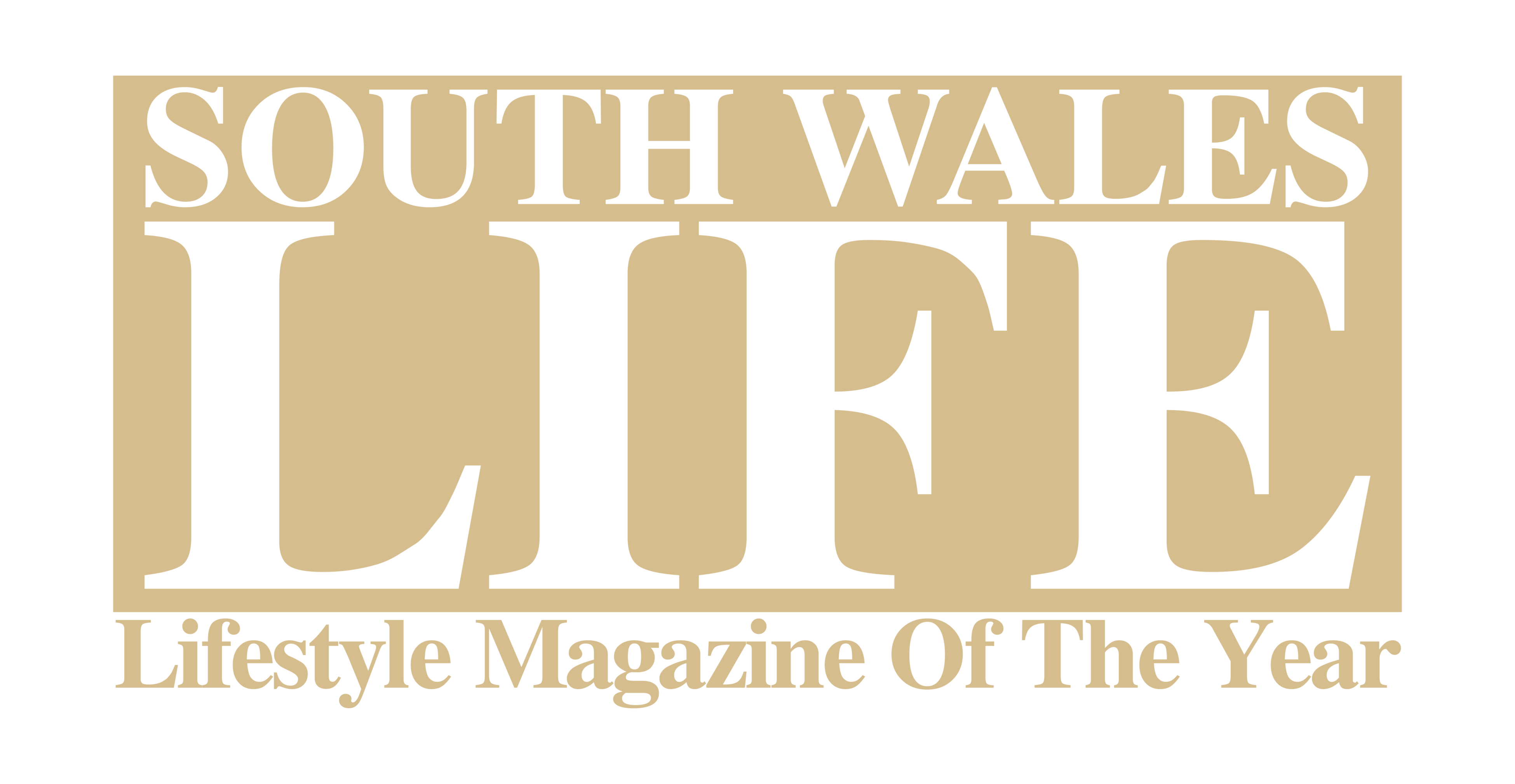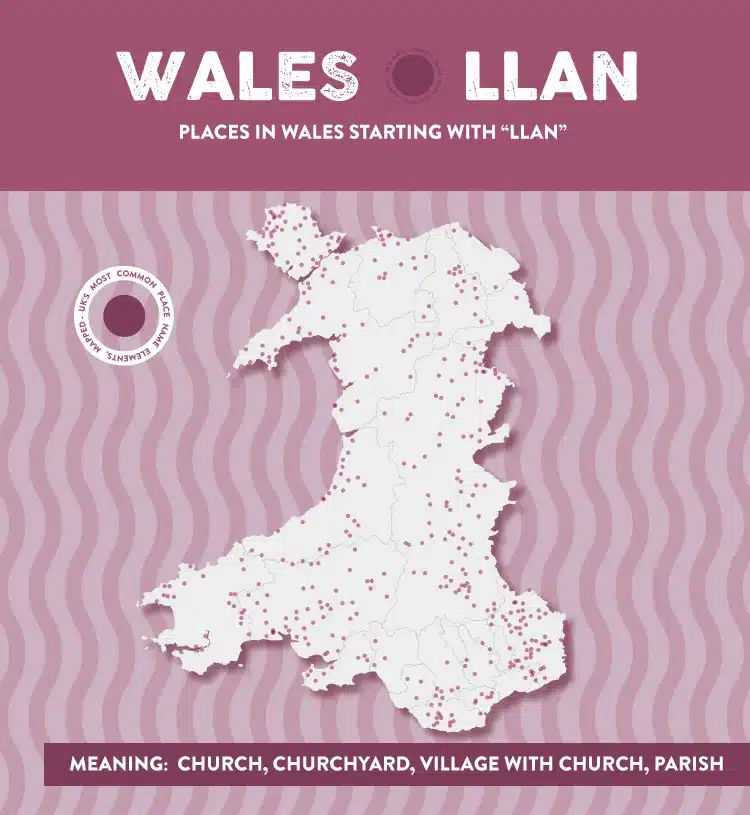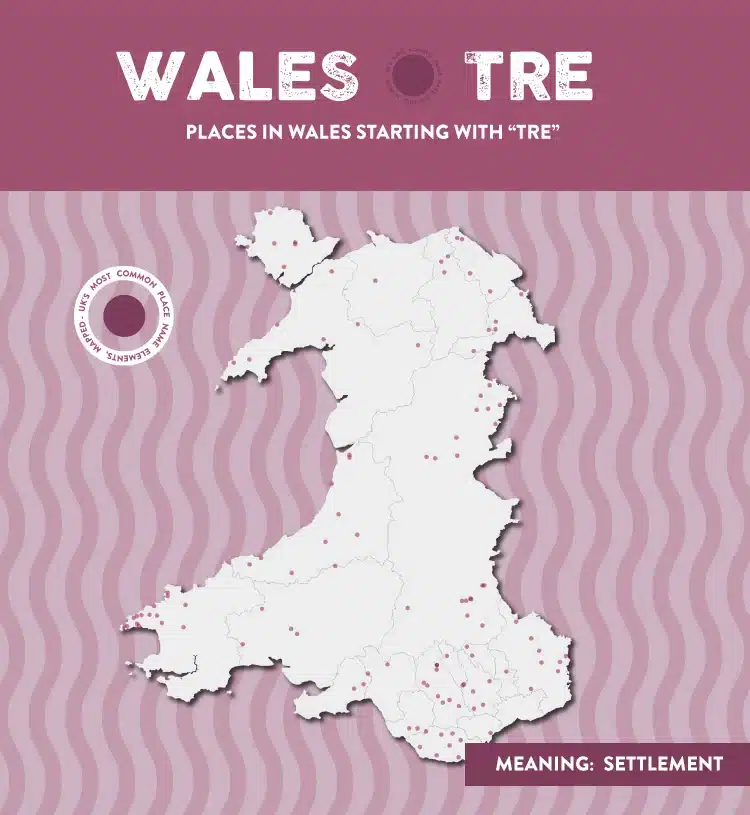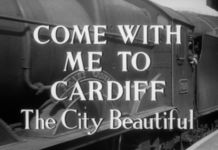With the UK brimming with interestingly named places and its residents discovering more of what the UK has to offer, Welsh cottage company SUGAR & LOAF have mapped the most common place name elements and reveal the stories behind them.
From Llandudno to Westward Ho! and even Giggleswick, there are common parts of these place names that lead you back in time and down a fascinating linguistical road.
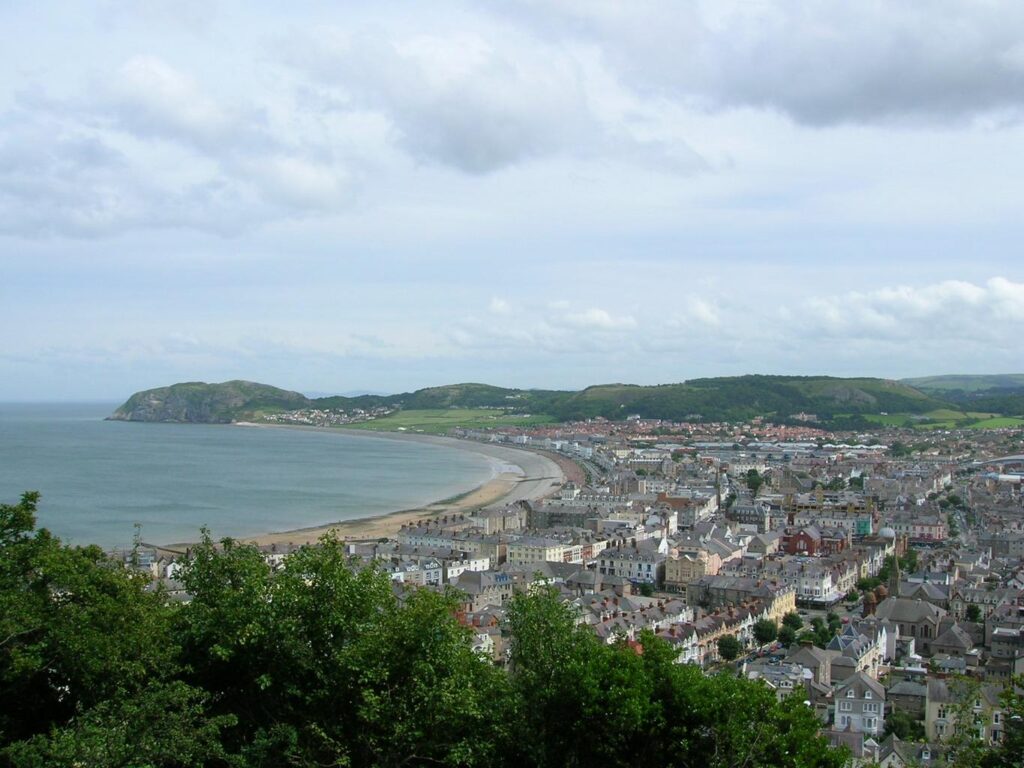
These intriguing place names have been formed from beautiful local languages, landscapes, and history. Each place name therefore tells the story of its origins, as well as the origins of the first people to settle there.
Common suffixes include “ton” (enclosure, estate, homestead), “llan” (church, churchyard, village with church, parish), “ar” (high, hight), “by” (settlement, village), “cwm” (valley) and “aber” (mouth (of a river), confluence, a meeting of waters).
These elements are found within or appended to names of local landmarks such as rivers to make a meaningful place name such as Aberystwyth, “the mouth of the River Ystwyth”.
We’ve shuffled through and decoded every place and common place name element in the UK and picked out the most common and fascinating place name patterns below.
If you’re curious about what the name of your hometown means, you may well find the answer HERE. And keep reading to see some of the most popular mapped, as well as the stories behind them.
Wales’ most common place name elements and meanings…….
- Llan: church, churchyard, village with church, parish. As seen in: Llanybydder, Llandaff, Llanberis
- Pen: head (headland or hill), top, far end of, end of. As seen in: Pendine, Penderyn, Penrhos
- Ton: enclosure, estate, homestead. As seen in: Bosherston, Cosmeston, Burton
- Tre: settlement. As seen in: Tredegar, Tresaith, Tregarth
- Cwm: valley. As seen in: Cwmaman, Cwm-yr-Eglwys, Cwmpengraig
- Pont: bridge. As seen in: Pontardawe, Pontcanna, Pontypridd
- Aber: mouth (of a river), confluence, a meeting of waters. As seen in: Aberaeron, Abergavenny, Aberystwyth
- Coed: wood, forest. As seen in: Betws-y-Coed, Pen-y-coed, Cyncoed
- Pant: a hollow. As seen in: Panteg, Pant Eidal, Pantmawr
- Nant: ravine or the stream in it. As seen in: Nantgarw, Nantyglo, Nantgaredig
Each place name element was compared against every place name in the UK to count how many times it featured to compile a list of the most popular elements by country.
The data was then mapped to reveal fascinating patterns across the UK, telling the story of the places’ origins, as well as the origins of the first people to settle there.
Laura Mackenzie, Senior Brand Communications Executive at Sugar & Loaf told us…..
“We’re so proud to have such interesting places right here in the UK.
The data has been really fascinating to analyse, and it’s great to delve into the meanings and patterns behind the place names, as well as the history behind them. We hope that this will inspire everyone to experience fascinating places right across the UK”
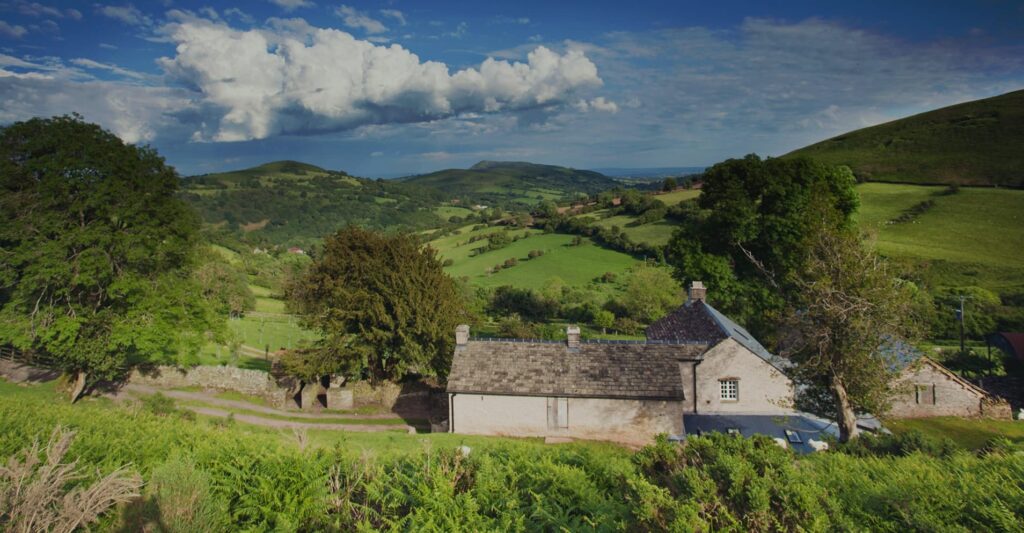
The UK’s most common place name elements and meanings:
- Ton: enclosure, estate, homestead. As seen in: Wolverhampton, Clifton, Brighton
- Ley: from leah, a woodland clearing. As seen in: Wolverley, Keighley, Beverley
- Ham: farm, homestead, [settlement]. As seen in: Birmingham, Bishop’s Waltham, Saxmundham
- Ford: ford, crossing, road. As seen in: Bradford, Watford, Salford
- Wes: west. As seen in: West Ham, Weston-super-Mare, West Wycombe
- Field: open land, a forest clearing. As seen in: Sheffield, Huddersfield, Wakefield
- Nor: north. As seen in: Norwich, Northampton, North Berwick
- By: settlement, village. As seen in: Tenby, Formby, Coningsby
- Gate: road. As seen in: Harrogate, Margate, Bathgate
- Pen: head (headland or hill), top, far end of, end of. As seen in: Penmaenmawr, Penally, Pentlepoir
Find out more about the origins of the UK’s most common place name elements HERE.
